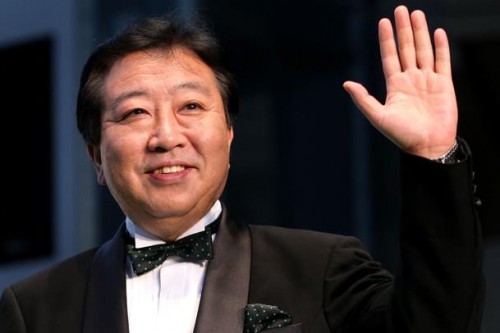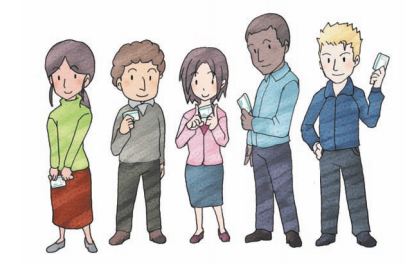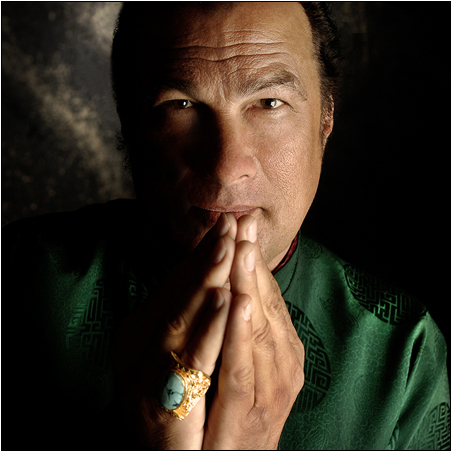I recently saw someone tweet this:
The Japanese are brilliant at creating unnecessary rules and rituals for adopted western ceremonies. Particularly weddings. Urgh.
Many apologies, Zee-chan, but your statement has inspired me to say something about Japanese weddings. Essentially, that thing is this – I understand the frustration, but for all the ritual and pomp and circumstance, Japanese wedding ceremonies serve a worthy purpose that deserves respect. In fact, the rigidness and ritualistic aspects are kind of the whole point!
Again, I don’t want to single out Zee-chan. I don’t know her and it’s just one tweet, so I have no idea what she is thinking in detail. She just got me thinking about the topic.
But I will say this – I personally have long had complaints about the typical Japanese “western” style wedding, and I know that many other Westerner expats have them too. They tend to consist of sentiments like:
- Japanese Western weddings are phony-seeming because they are held in a Christian chapel even though the couples and families are rarely practicing Christians
- It’s weird that they hire white people to act as fake priests
- They are unnecessarily expensive
- The cash gifts requested of guests are too high
- Rules for how to hand out gifts, greet the bride and groom, etc. are too rigid
Many of those criticisms are all well and good, but in general I want to just tell everyone to give Japanese weddings a break! People all over the world have a need for ceremony, and it isn’t fair for outsiders to be dismissive of the necessary rituals for marriage.
For my wedding to Mrs. Adamu way back in 2007, we went through a very conventional wedding planner, but insisted on doing things very simply and in our own way. We had no “ceremony” to speak of since we are not religious. Instead, we skipped directly to the reception and invited only close family and friends to a restaurant of our choosing. We asked one of our close friends to em-cee, created the invitations and audio-visual content ourselves (an MP3 mix and PowerPoint presentations!)
We did this first and foremost because we wanted things to be more intimate and customized to our style, in order to make it more memorable. But another reason we insisted on doing it this way was because we hated the Japanese “Western” style weddings so much and didn’t want to do full Japanese-style either. We openly thought the Western ones were stupid, especially the fake priest thing, and even tried to convince some of Shoko’s friends of this (unsuccessfully).
Well, we had the ceremony and it was a success beyond our expectations. We dressed in kimonos, Mrs. Adamu’s friends performed for us at the after-party, and we were able to bring the two families together (my immediate family flew into Tokyo for the occasion).
We were so proud of how it turned out, and we look back at that day very fondly. But after everything went down, it dawned on me – in terms of the benefits, our wedding was not that different from other Japanese couples who went the more traditional route. Here are some of the good things about having a “proper” wedding:
- It lets the people in each circle (family, friends, coworkers, bosses) know in a very public way that the two of you are coming together, and it gives the people a chance to meet the other person as well as the other side’s family members
- More critically, it is a public meeting of the two families to show (and usually give a speech explicitly stating) that they are in favor of the union
- It gives everyone a chance to celebrate the union and in a way say goodbye to the single person they knew – the speeches and performances by friends are part of this
- For the couple, it is their chance to know that they are accepted, see that people are happy and celebrating, and thus feel like a real married couple
- Doing all this formally and in public makes it all official – this was hard for me to appreciate before having gone through it, but if you’re young and not married this is a bigger deal than you might think. For example, my father died a while after this, and for whatever reason I feel better knowing he was able to see me get married.
- Oftentimes, the gifts collected exceed the cost of the wedding itself, and thus help fund the couple’s new start together
- It is the bride’s day to live her dream, dress up nicely, and be the complete center of attention on one very special day.
- And of course, the proceedings are documented on video and in thousands of pictures, to share with the people who couldn’t attend and to look back on years later.
These will definitely vary for each couple/family (and of course it’s somewhat idealized), but I think it’s a decent approximation.
And for all this, it doesn’t really matter what specific form the ritual takes, as long as people recognize it as an official and real wedding ceremony. So if it takes hiring a random white person, signing a fake contract, or whatever, so be it.
It might go without saying, but a wedding day isn’t all about the couple getting married – it also has to (at least mostly) meet the expectations of the guests, especially the parents. And in the case of many Japanese people, that means checking off all the boxes on the “wedding ceremony” order form. It might be expensive, gaudy, “fake,” etc, but it fulfills a very real social need.
This is mostly my own tale of coming to my senses and growing up about the importance of the wedding ceremony. So I am not sure how much this applies to other people, but at any rate I wanted to get this story off my chest.


 The building that Thorne (or a successor) occupied is shown in 19th-century photographs as a clapboard house
The building that Thorne (or a successor) occupied is shown in 19th-century photographs as a clapboard house


